Across time and place, the spirit of aviation can be defined by the ingenuity, daring and excitement it inspires in all of us. This National Aviation Day, we’re looking back at a few iconic moments that shaped aviation.
1909 - Glenn Martin Completes First Successful Flight
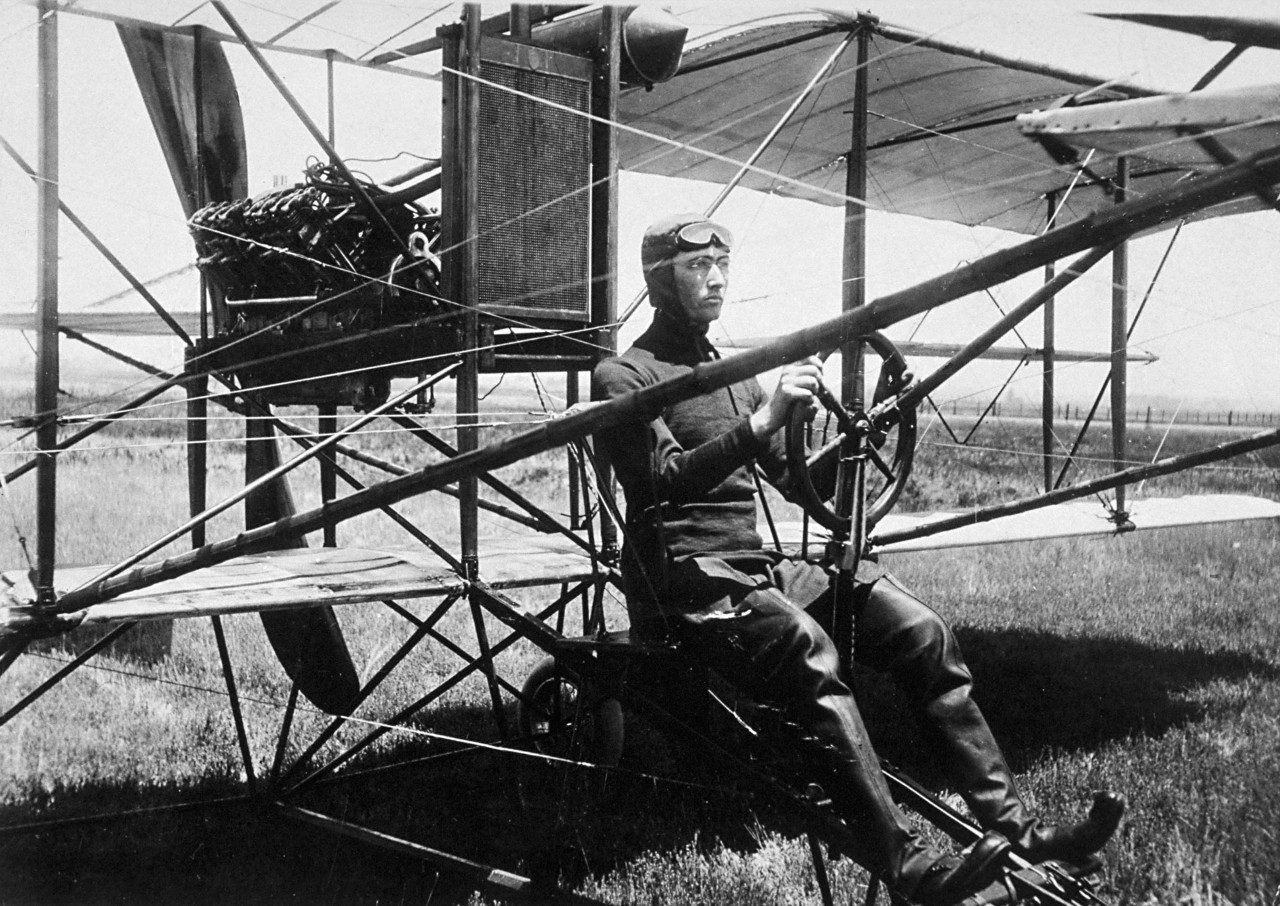
Glenn Martin, also known as “The Flying Dude,” flying at his Santa Ana flying field in June 1911.
Growing up on the open plains of a Kansas wheat farm, Glenn Martin’s eyes were set on the open sky. One of Lockheed Martin’s founders, Martin designed and attempted to fly his first aircraft at 21 years old. This initial attempt ended in disaster. While trying to restart the engine, Martin hand-pulled the propeller, but the propeller cut his hat, nearly missing his scalp. He dove under the wheels as his plane turned circles to its ruin.
Despite the damage to both the plane and his reputation, Martin remained undeterred. After starting over with a new design based on the Wright Brothers’ work, Martin achieved his first successful flight in Santa Ana, California, in July 1909. This was the beginning of an endeavor that would, 86 years later and 2,000 miles away, bring about the Lockheed Martin name we know today.
1932 - Amelia Earhart Flies Solo across the Atlantic
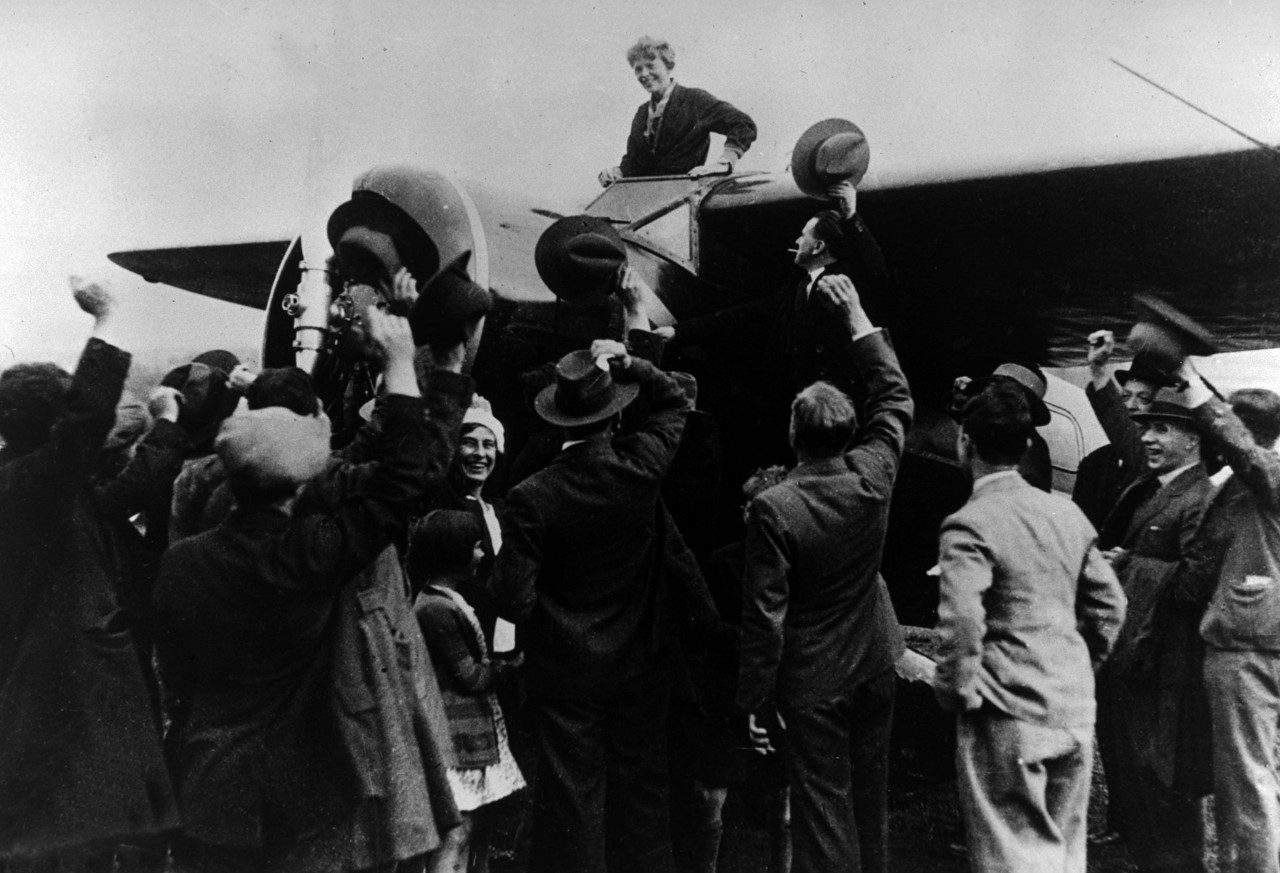
Amelia Earhart with her Lockheed Vega, also known as the, “Little Red Plane.”
In 1928, Amelia Earhart was suddenly catapulted into fame as the first woman to fly across the Atlantic Ocean, albeit as a passenger. Four years later, Earhart aimed to become the first female pilot to fly a transatlantic flight – solo. Four hours after taking off from Newfoundland, Canada, she faced multiple challenges, including a failed altimeter, exhaust manifold issues, fuel leakage and a severe thunderstorm. Despite these obstacles, Earhart navigated a successful flight that solidified her legacy and inspired countless women in aviation. On May 21, 1932, Earhart landed in Northern Ireland after a 15 hour and 18-minute flight. This success underscored her determination and pioneering spirit in the field of aviation, demonstrating that achievement in aviation knows no barriers.
1933 - Wiley Post Completes First Solo Flight around the World
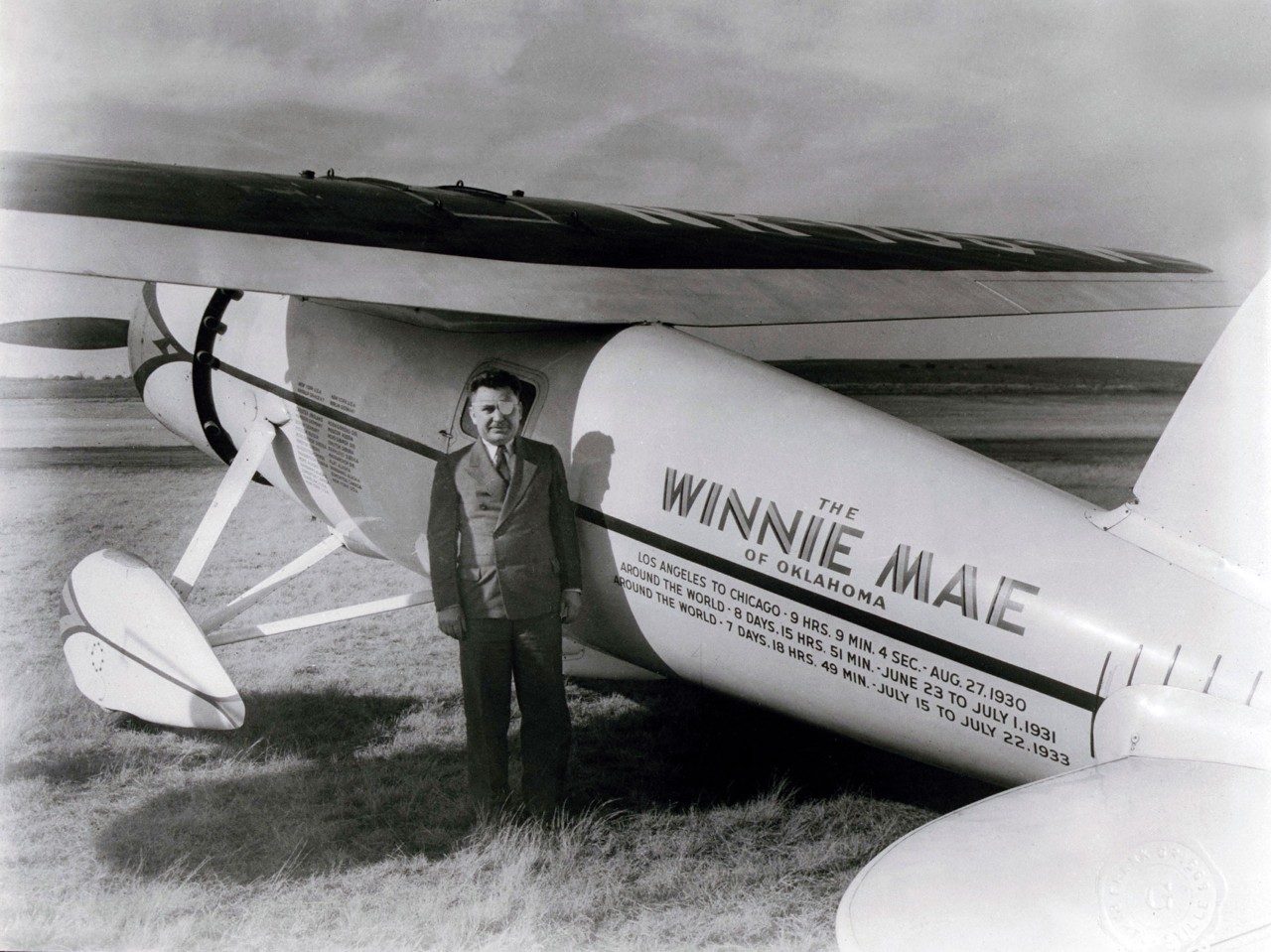
Wiley Post with his Lockheed Vega, also known as “Winnie Mae.”
By 1933, Wiley Post was no stranger to record-setting. Flying a modified Lockheed Vega dubbed “Winnie Mae”, Post, who eventually took a job as a Lockheed test pilot, had already achieved the fastest flight around the world with navigator Harold Gatty in 1931. Two years later, Post aspired to complete the first solo flight around the world.
Flying Winnie Mae once again, Post faced numerous challenges, including a faulty autopilot system, radio failure and a crash landing in Alaska. With assistance, he repaired his plane and continued his flight. Post’s worldwide flight came to completion on July 22, 1933, in seven days, 18 hours and 43 minutes. At 11:50 p.m., His aircraft touched down to a sea of 50,000 New Yorkers waiting to witness the moment Winnie Mae arrived and the capabilities of both aviation and man were redefined once again.
2001 - X-35B Completes Hat Trick, Mission X
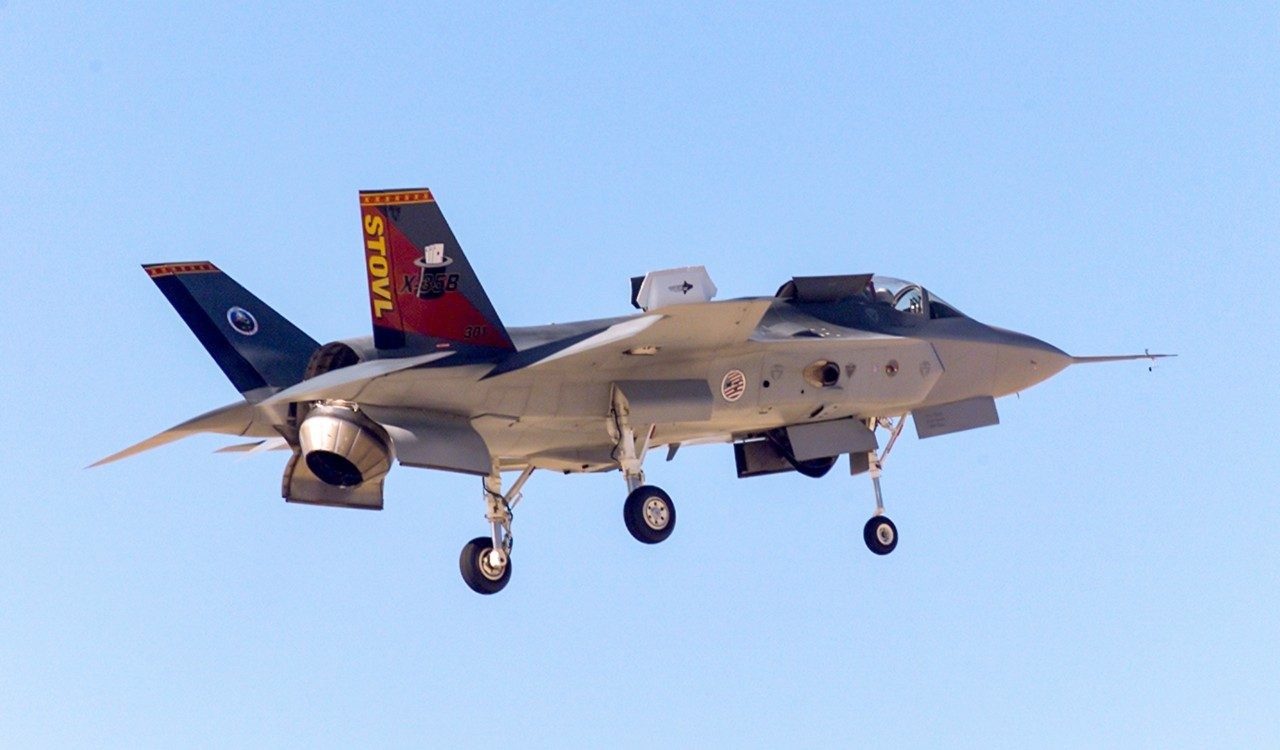
The X-35B performing Mission X on July 20, 2001.
On July 20, 2001, at Edwards Air Force Base in California, all eyes were on the X-35B Joint Strike Fighter concept demonstrator. The X-35B was a formidable potential asset for the U.S. Marine Corps, and Mission X aimed to highlight its capabilities. In a single flight, Mission X would demonstrate a 450-foot short takeoff, climbing to 25,000 feet, a supersonic dash and a vertical landing. On July 19, everyone knew history was on the next day’s schedule. But one pilot would soon discover that he had been chosen to be the one behind the controls.
When he learned he would be executing the mission, Marine Corps test pilot Maj. Arthur "Turbo" Tomassetti simulated the flight plan late into the night, knowing he would have to achieve all three feats on a single tank of gas. The practice paid off. His successful flight showcased the technological advancements of the X-35B, marking a historic moment in aviation. This historic achievement laid the foundation for the F-35, the most advanced 5th Gen fighter jet in the world.
2022 - Black Hawk Completes First Autonomous Flight
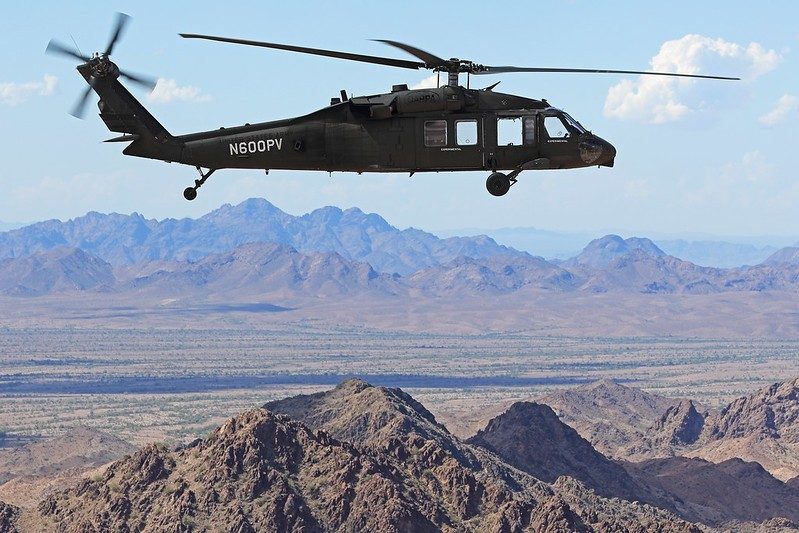
A Black Hawk performing an autonomous flight for the first time.
In 2022, Sikorsky and Defense Advanced Research Projects Agency (DARPA) successfully demonstrated Sikorsky's MATRIX™ autonomy system aboard a BLACK HAWK® helicopter. Before leaving the aircraft, pilots flipped a switch in the cockpit to give control to the flight computer. With no humans on board, the fully autonomous Black Hawk avoided imagined buildings while route re-planning in real time and delivered internal and external cargo loads over long distances at 100 knots speed. The team showed how a ground operator with a secure radio and tablet can take control of the uncrewed helicopter, command it to release its sling load, and then land to evacuate a casualty. These flights showed how the U.S. Army could reliably resupply troops autonomously in the near future, no pilot needed.
Still Advancing
From the early days of aviation innovation to today's 21st Century Security® technologies, making history is Lockheed Martin's legacy. As we commemorate National Aviation Week, these pivotal moments remind us of the innovation and drive that propel aviation to new heights. Lockheed Martin continues to advance toward the milestones that the next century in the sky will bring.
We engineer history – come join us. Explore careers at Lockheed Martin.




